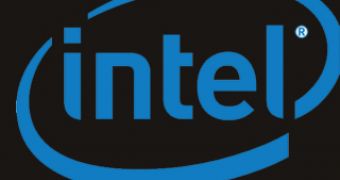Intel is said to make a few changes in the socket area for desktops. While it currently has the well known Socket 775 for its Core processors, and Socket 437 for the Atom CPU, the Nehalem has already been reported to come with a new socket, LGA 1160. For the high-end segment, the chip manufacturer is said to bring a fourth socket, LGA 1366.
The high-end Socket 1366 is similar to LGA 775, with the pins on the socket, but the chip is said to have more pin contacts and to be significantly bigger than the previous one. The company is reported to rename LGA 1366 as Socket B1. The LGA 1160 socket will be released by Intel along with the first Core i7 processor, code-named Bloomfield. Due to the fact that this new chip comes with an integrated controller and with Hyper-Threading as well, it is said to be larger, as these two features will need a good amount of space. That is why Intel plans to go with two sockets. LGA 1160 is reported to come under the name of Socket H1.
Intel's socket H1 is supposed to provide support for the manufacturer’s upcoming mainstream dual and quad core Nehalems; the Lynnefield and Havendale chips, set for launch in Q3 2009 and Q1 2010, respectively, are also included in the support list. The boards featuring the LGA 1160/Socket H1 are expected to come to the market featuring a much lower price than the LGA 1366/Socket B1, said to be ultra-expensive.
To draw a line, in 2009, we'll see four different desktop sockets, if not more. The LGA 1366 will come for the high-end Core i7, the LGA 775 will remain in use for Core 2 Quad/Duo, Celeron and Pentium dual core, while Atom will stick to Socket 437. The soon to come Socket H1, or LGA 1160, will arrive for the mainstream Core i7 and is supposed to replace LGA 775 at a certain point.

 14 DAY TRIAL //
14 DAY TRIAL //